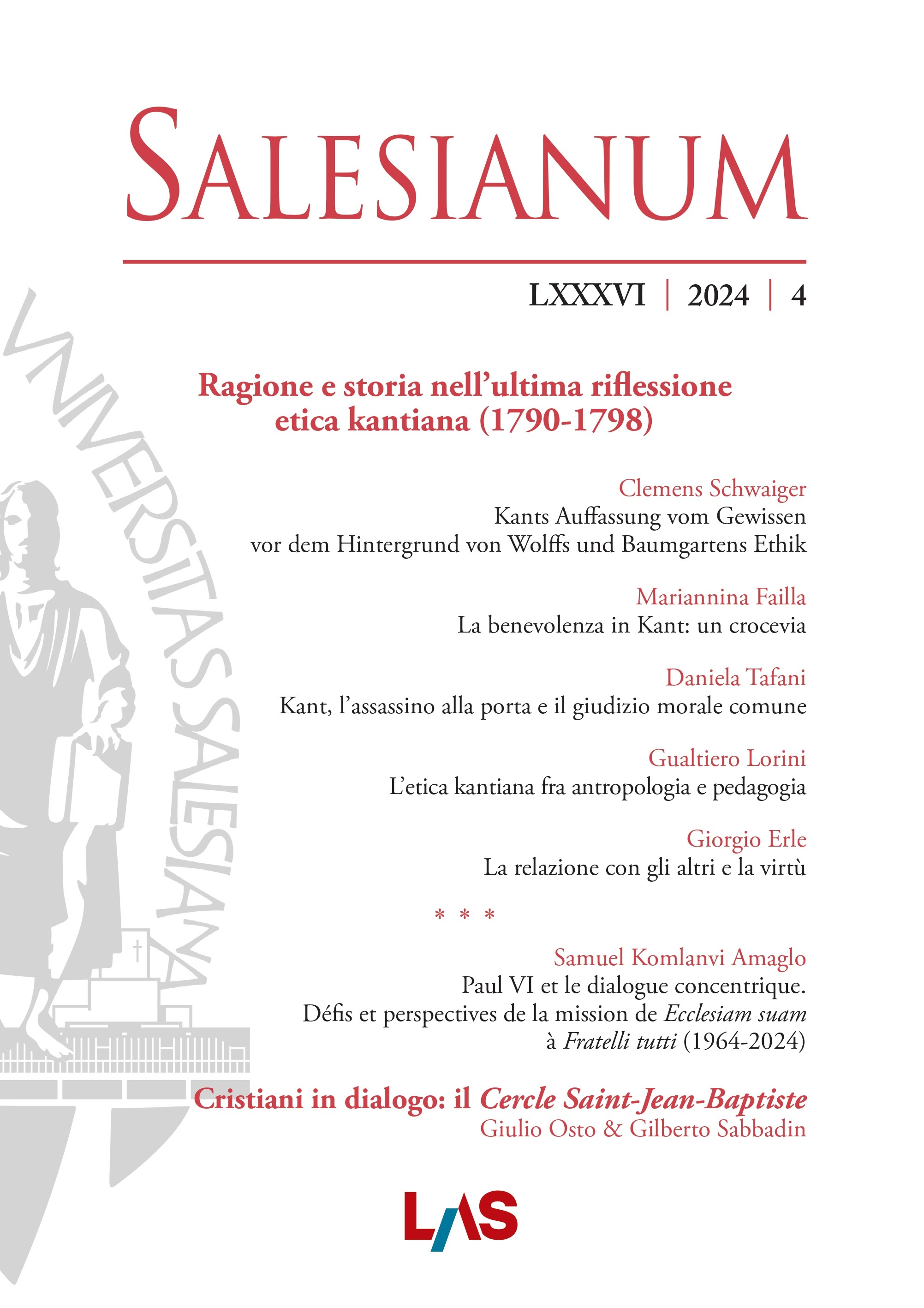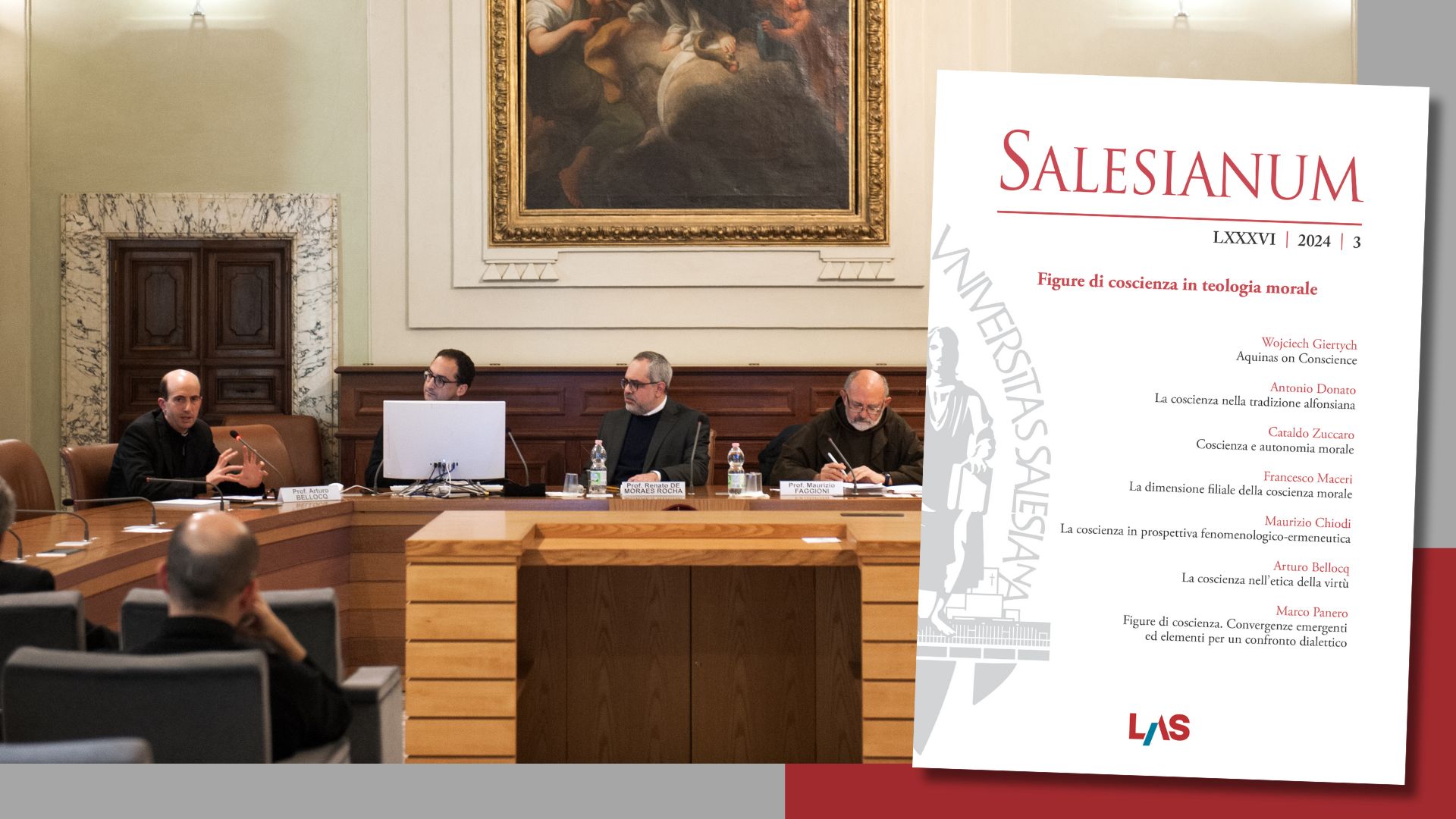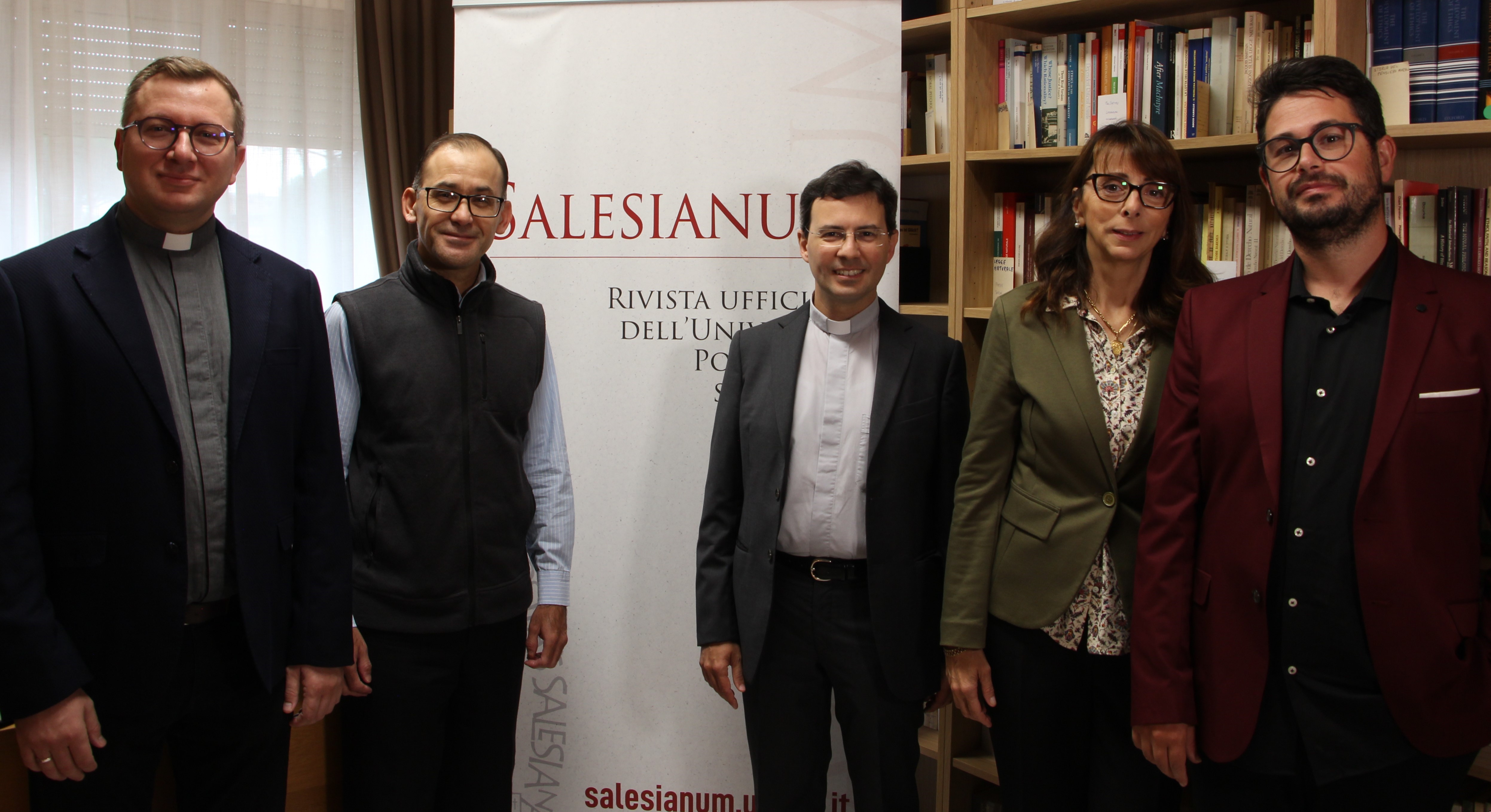Aquinas on Conscience
Salesianum vol. 86 (2024) n. 3, 408-445
Section: Studia
Received: 20-12-2023 - Approved: 20-02-2024
Sommario
Aquinas wrote less on the conscience than one would expect today. He understood conscience as an act of the practical reason that offers a pure cognition as it precedes and follows a moral act. It is conditioned by the synderesis, an innate habit inclining towards good and the avoidance of evil. Aquinas did not refer directly to the conscience while he discussed the liberum arbitrium, the free choice and also the moral qualification of acts. The free choice has a cognitive and affective component that work together simultaneously and not sequentially. As a result there is the possibility for creativity in free action. The virtue that ensures interior liberty in truth within action is prudence.
It received more attention than conscience in the synthesis of Aquinas. The practical reason is also conditioned by the vis cogitativa, the sensitive usefulness judgment. It is located in the brain, but it is impacted by social imaginaries. Sometimes it distorts the judgment of the practical reason and disenables the genesis of virtue.
Parole chiave
Conscience | Synderesis | Free choice | Prudence | Vis cogitativa


